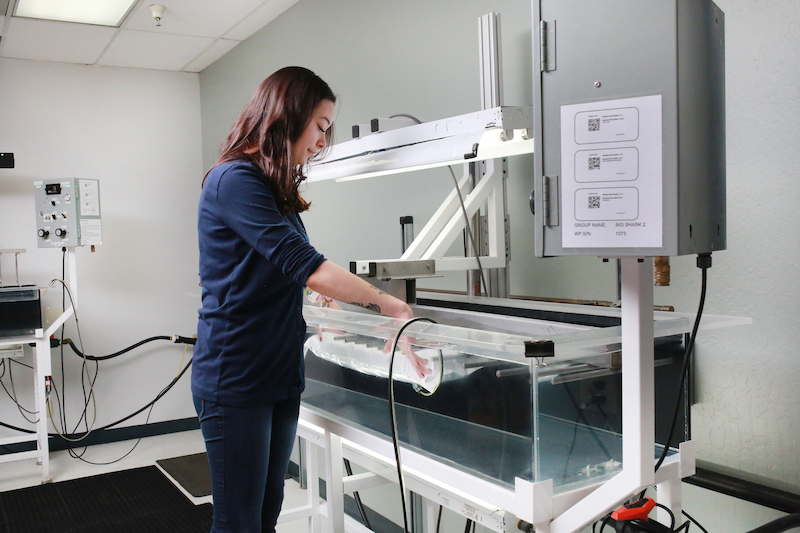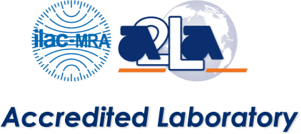ASTM F2096: Gross Leak Test Method
ASTM F2096 Standard Test Method for Detecting Gross Leaks in Packaging by Internal Pressurization (Bubble Test) helps manufacturers evaluate package integrity and the effectiveness of the Sterile Barrier Systems (SBS). The bubble leak test method involves fully submerging the packaging system underwater and visually inspecting for a steady stream of bubbles, which can indicate a leak or defect in the packaging system.
What is ASTM F2096 (Bubble Leak Test)?
The bubble leak test, or ASTM F2096, is a simple yet effective way for manufacturers to identify leaks and defects in packaging systems. To conduct the bubble leak test according to the ASTM F2096 standard, operators insert an air source into the package, depending on the method either start the air flow before the package is submerged or after. Once the package is inflated and submerged, the operator inspects the package for a steady stream of bubbles packaging system.
Typical parameters for ASTM F2096
Three pieces of equipment are needed to conduct a bubble leak test. The equipment needed for a bubble leak test includes:
- A pressure delivery system: This system must include a gauge to monitor pressure levels as well as a valve to control pressure levels.
- A package puncturing device: A puncturing device like a needle will allow engineers to insert air source into the package.
- A water container: This container should be large enough to fit the entire package and filled with enough water so that the package being tested is covered by at least one inch of water.
Once the necessary equipment is in hand, the bubble leak test method can proceed. Below are the steps that must be followed to conduct a bubble leak test according to ASTM F2096:
- The packaging system will be placed in a water container with every part of the package covered by at least one inch of water.
- The pressure delivery system will be used to inflate the package and pressure will gradually increase to a predetermined point. Higher pressure will increase sensitivity, while lower pressure will decrease sensitivity.
- The packaging system will be observed by the trained test operator who will watch for a steady stream of bubbles.
- If a steady stream of bubbles is observed, the location of the bubbles is marked for further evaluation.
- Once the test has been completed, the above steps will be repeated on the other side of the packaging system if necessary.

What types of products can be tested using ASTM F2096?
The bubble leak test method can be applied to a variety of packaging systems and Sterile Barrier Systems. This test can prove especially useful when dealing with particularly large or long packages that are too big for other package integrity testing methods. Additionally, packaging systems with an abnormal shape can be evaluated using a bubble leak test.
Should I perform other tests on my package?
By conducting package integrity tests such as the gross leak test method, manufacturers can determine if they will have issues in their packages when they travel from the manufacturer warehouse to their final destination. Packaging flaws can render certain products unusable, especially when it comes to the medical device industry. In addition to gross leak testing per ASTM F2096, Westpak offers other types of package testing and customized testing, such as:
- Drop test
- Accelerated aging
- Real time aging
- Vibration test
- Incline impact test
- Temperature and Humidity
- Peel Testing (F88)
Contact WESTPAK today to learn more about how we can help you optimize your packaging systems and protect your most vulnerable products in storage and in transit.
Accreditations:

Testing at WESTPAK has been accredited by A2LA to comply with ISO 17025.

WESTPAK testing labs are ISTA certified to perform a variety of tests.
